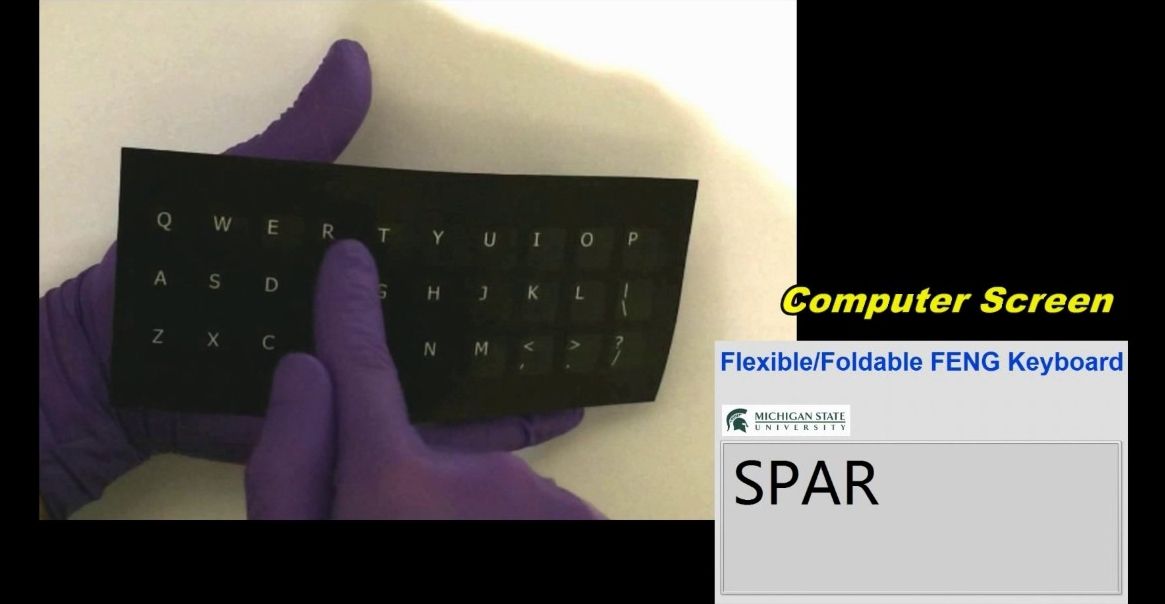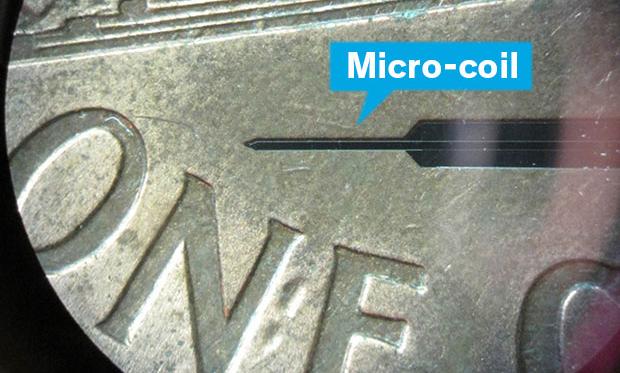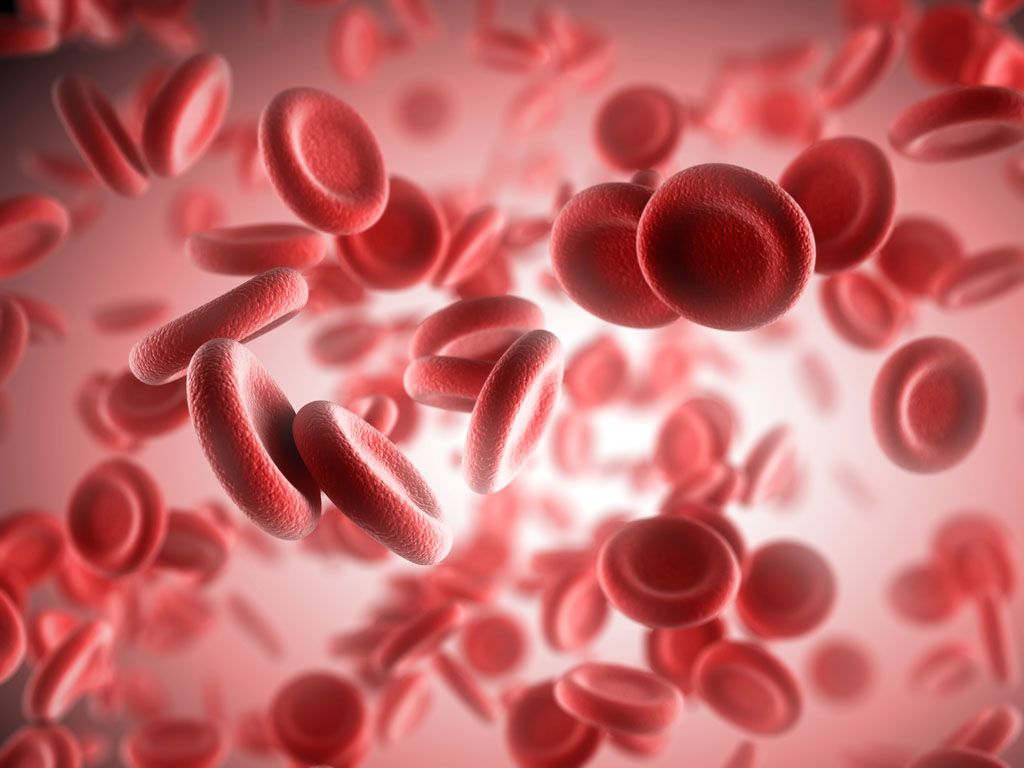Page 10629
Dec 10, 2016
Mind Controlled Bionic Limbs
Posted by Karen Hurst in categories: biotech/medical, cyborgs, robotics/AI, transhumanism, weapons
In the George Lucas classic Star Wars, hero Luke Skywalker’s arm is severed and amputated during a lightsaber fight and consequently fitted with a bionic arm that he can use as if it were his own limb. At the time the script was written, such a remedy was pure science fiction; however, the ability to manufacture bionic arms that have the functionality and even feel of a natural limb is becoming very real, with goals of launching a prototype as soon as 2009. Already, primates have been trained to feed themselves using a robotic arm merely by thinking about it, while brain sensors have been picking up their brain-signal patterns since 2003. The time has come for implementing this technology on paralyzed human patients and amputees. This article will provide a brief explanation of the technology, its current status, and the potential future it holds.
Dec 10, 2016
Turning a Tesla Into a Brain-Controlled Vehicle
Posted by Karen Hurst in categories: robotics/AI, sustainability

Although we strive towards a limited invasive BMI technology; public adoption will (like autonomous AI) will be limited until the public and even private networks are updated and secured with QC.
The driver mentally commands the car to accelerate or brake. True, the autopilot is a joy and wonder to marvel, but what about those who still love driving? Good new, soon enough it will be possible to drive with your mind.
Continue reading “Turning a Tesla Into a Brain-Controlled Vehicle” »
Dec 10, 2016
Nano-Spiked Silly Putty Makes Powerful Sensors
Posted by Karen Hurst in categories: electronics, nanotechnology
Scientists have created pressure detectors so sensitive, they respond to the footsteps of a spider. This advance combines the latest in nanotechnology with a decades-old children’s toy. VOA’s Steve Baragona has more.
Dec 10, 2016
Nanogenerator Harvests Swipes To Power LCD Screens
Posted by Karen Hurst in categories: energy, materials

https://youtube.com/watch?v=_-kkkNdbils
Harvesting human energy into devices.
Engineers find an alternate route toward self-powered devices with foldable material.
Continue reading “Nanogenerator Harvests Swipes To Power LCD Screens” »
Dec 10, 2016
Quantum leaps needed for new computer approach
Posted by Karen Hurst in categories: computing, finance, government, military, quantum physics
Glad that the author is highlighting the need for investment; however, the US government has had a quantum network since 1991. Wall Street, various overseas banks, ISPs, etc. well over a year to 2 years ago. And, tech has invested in QC for a decade or longer. So, the article raises the need for investing in QC; however, the investing is no longer experimental as it is now about the daily usage of this technology as well as planning for technical transformation that is coming in the next 5 to 7 years.
Researchers led by Lockheed Martin and IBM are pushing quantum computing prototypes and military applications.
Dec 10, 2016
Further Improvement of Qubit Lifetime for Quantum Computers
Posted by Karen Hurst in categories: computing, quantum physics
An international team of scientists has succeeded in making further improvements to the lifetime of superconducting quantum circuits. An important prerequisite for the realization of high-performance quantum computers is that the stored data should remain intact for as long as possible. The researchers, including Jülich physicist Dr. Gianluigi Catelani, have developed and tested a technique that removes unpaired electrons from the circuits. These are known to shorten the qubit lifetime (Science, DOI: 10.1126/science.aah5844).
Quantum computers could one day achieve significantly higher computing speeds than conventional digital computers in performing certain types of tasks. Superconducting circuits belong to the most promising candidates for implementing quantum bits, known as qubits, with which quantum computers can store and process information. The high error rates associated with previously available qubits have up to now limited the size and efficiency of quantum computers. Dr. Gianluigi Catelani of the Peter Grünberg Institute (PGI-2) in Jülich, together with his colleagues has now found a way to prolong the time in which the superconducting circuits are able to store a “0” or a “1” without errors. Beside Catelani, the team comprises researchers working in the USA (Massachusetts Institute of Technology, Lincoln Laboratory, and the University of California, Berkeley), Japan (RIKEN), and Sweden (Chalmers University of Technology).
When superconducting materials are cooled below a material-specific critical temperature, electrons come together to form pairs; then current can flow without resistance. However, so far it has not been possible to build superconducting circuits in which all electrons bundle together. Single electrons remain unpaired and are unable to flow without resistance. Due to these so-called quasiparticles, energy is lost and this limits the length of time that the circuits can store data.
Continue reading “Further Improvement of Qubit Lifetime for Quantum Computers” »
Dec 10, 2016
Extremely Rare Quantum Spin Liquid Observed In Crystal Point
Posted by Karen Hurst in categories: particle physics, quantum physics

https://youtube.com/watch?v=sG8oUPMWxkg
Quantum spin liquid, a very rare state of matter, has been observed in a new crystal especially designed with the hopes of using its unique quantum properties.
The crystal, an ytterbium compound with the formula YbMgGaO4, was first synthesized by Chinese scientists for the first time in 2015. Now, in a new study published in the journal Nature, researchers from the United States suggest that the new material can produce a quantum spin liquid when frozen to temperatures near absolute zero. At present, only a few materials are believed to possess these properties.
Continue reading “Extremely Rare Quantum Spin Liquid Observed In Crystal Point” »
Dec 10, 2016
Withholding amino acid depletes blood stem cells
Posted by Steve Hill in categories: biotech/medical, life extension
A new way to destroy and replace the immune system without harsh chemo or radiation could be the path to fixing immunosenescence.
Destroying and replacing the aging immune system could help with a host of age-related problems as well as autoimmune diseases. Radiation or Chemo were previously the only options which carries significant risks. With this new technique and a few others currently being developed we may soon have a way to replace aging dysfunctional immune systems and treating diseases like MS to boot.
#aging #crowdfundthecure
Continue reading “Withholding amino acid depletes blood stem cells” »















